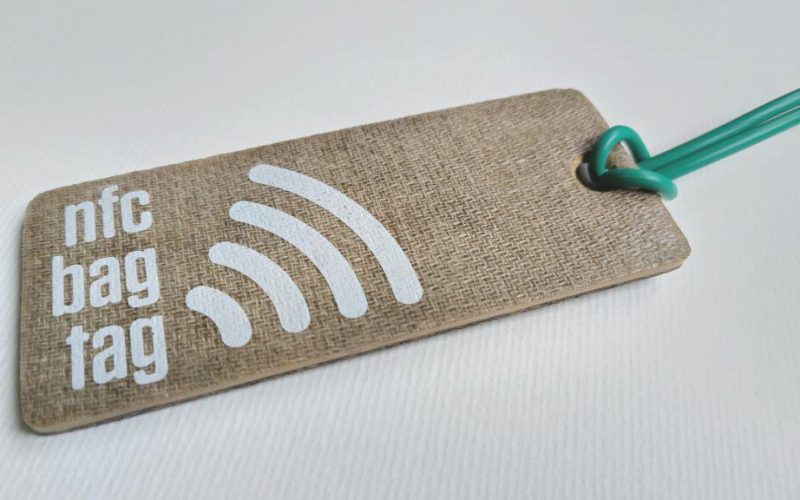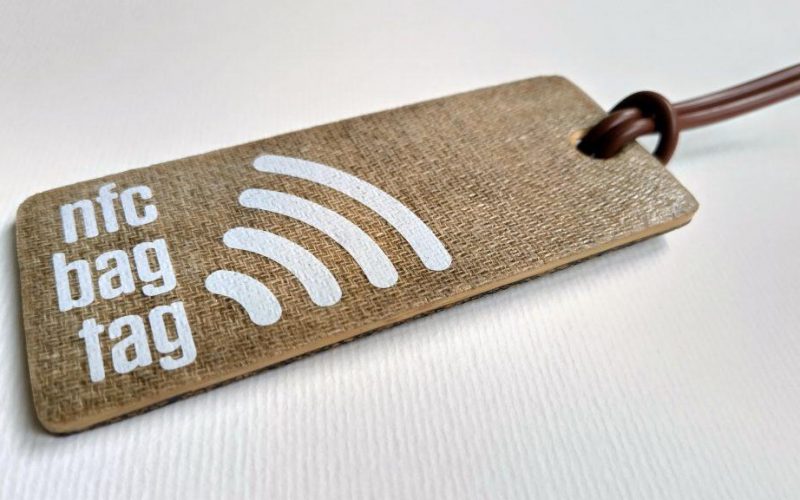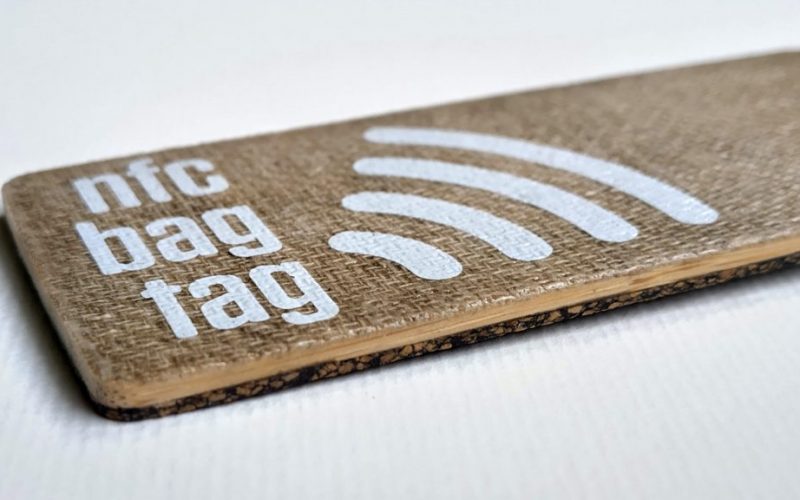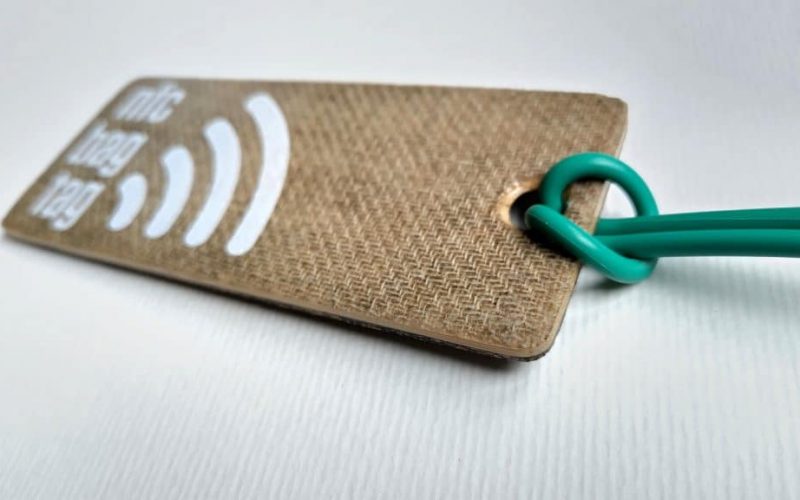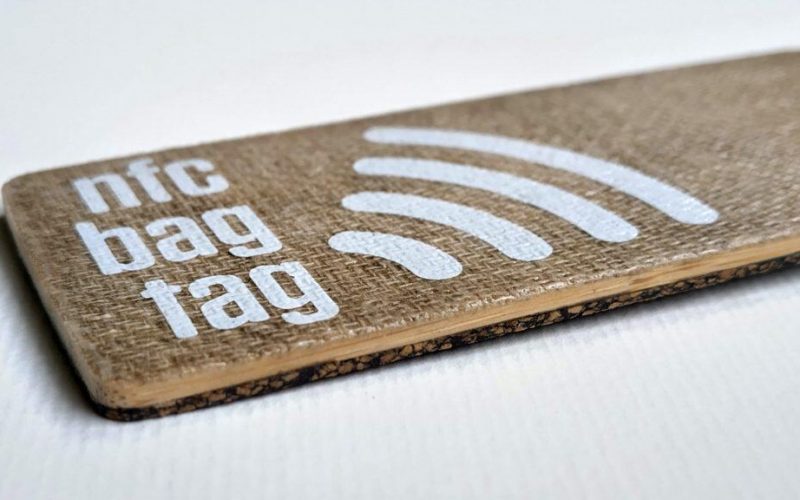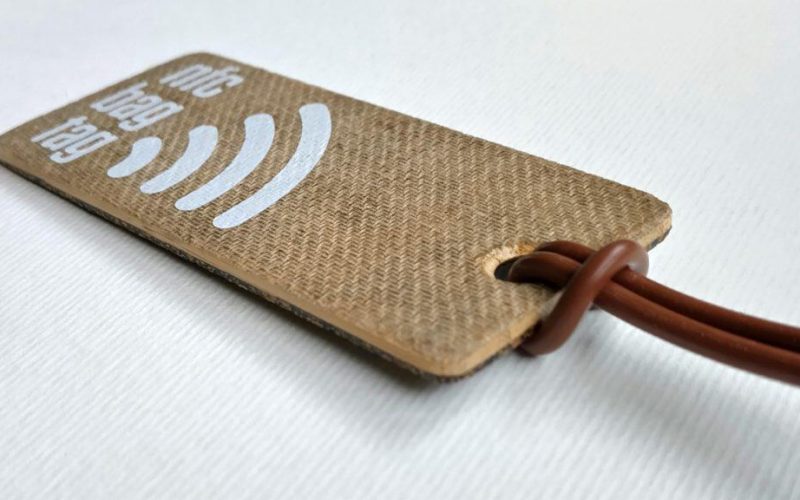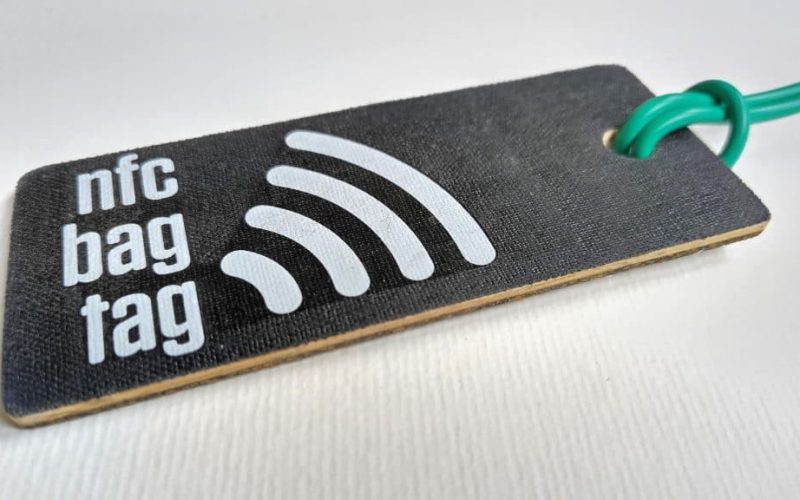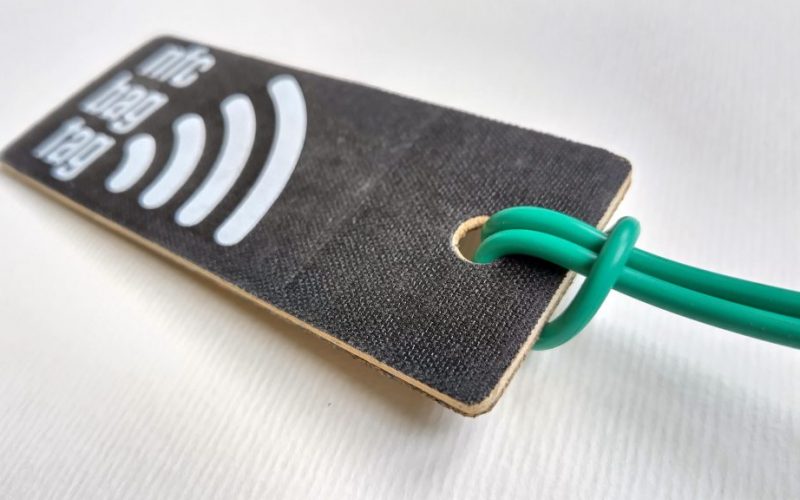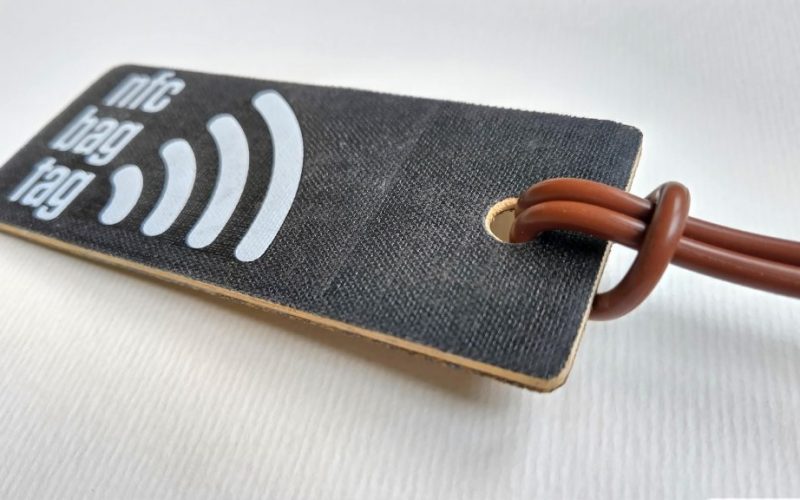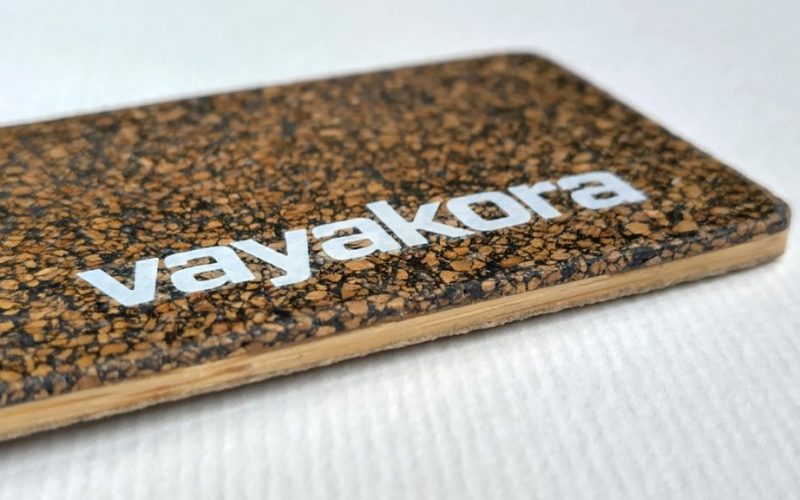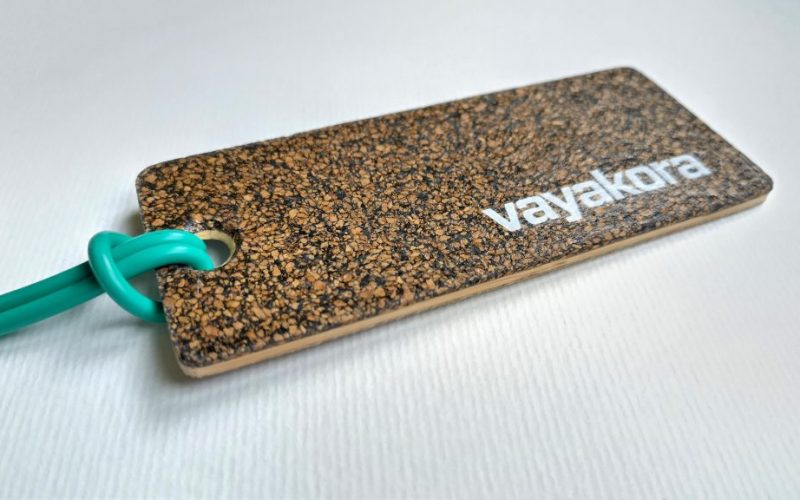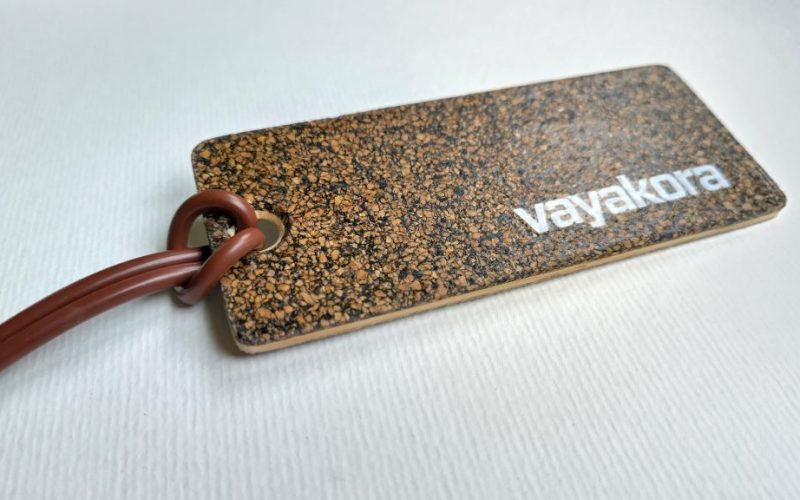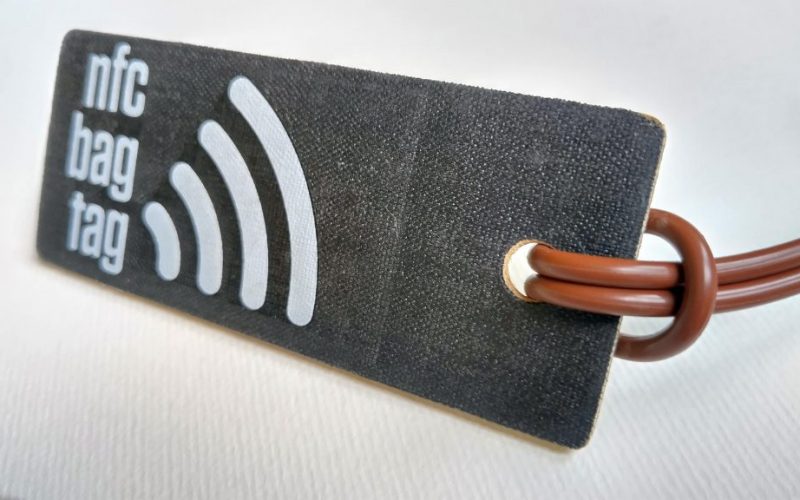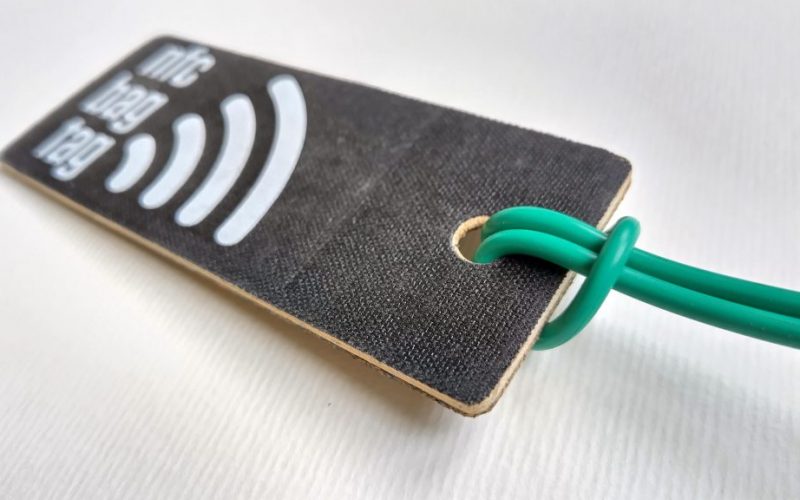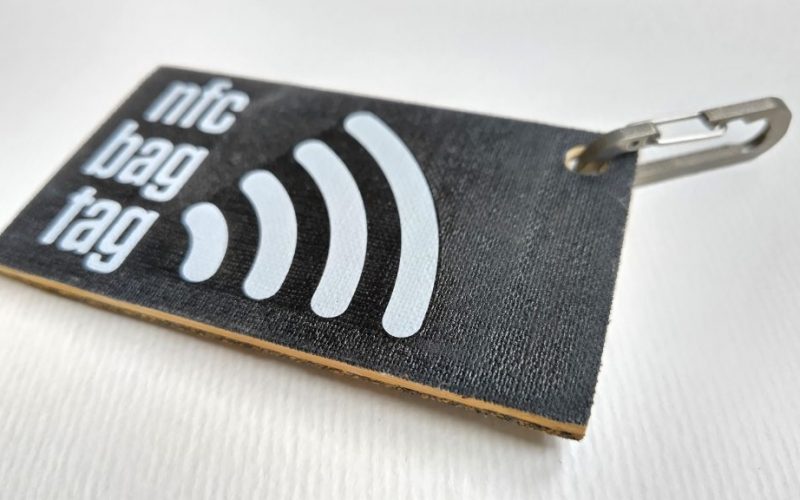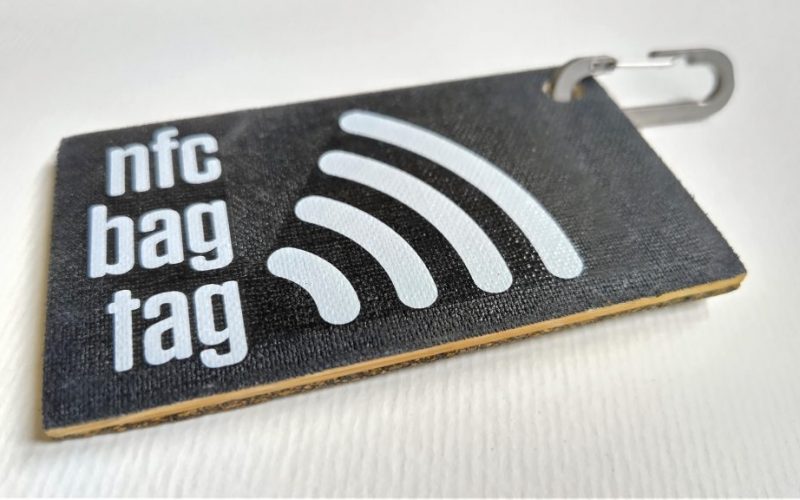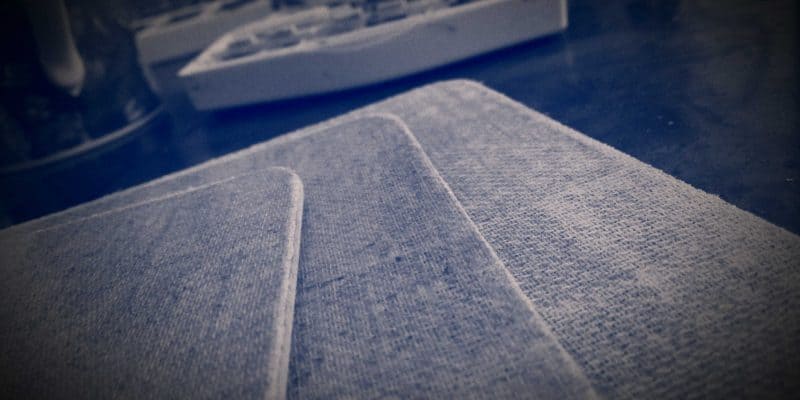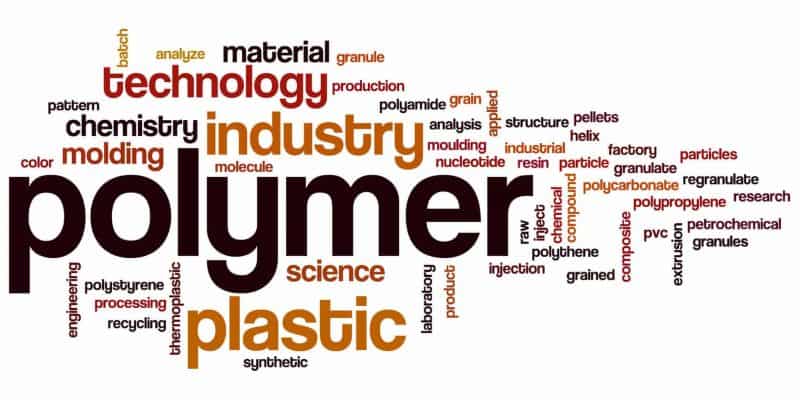Would you like to leave us a google review? 🙏
We here at vayakora are pleased to announce that as of today we’ve sold over 197 of our hand made mouse zero waste mats! We’ve literally sent them all over the world, to the following fourteen counties: Australia, USA, Canada, New Zealand, United Kingdom, Germany, Spain, Italy, Netherlands, Belgium, Hungary, Israel and last but not least Finland.😃
It would be nice if we could receive some positive feedback in the form of some much needed google reviews. Please click here to leave us a google review!
https://g.page/r/CRsyv73B5vFaEBM/review
This would help us continue to scale and grow into a fully-fledged eco manufacturing business. As the cost of living crisis bites everyone hard, we could certainly do with some extra revenue grown right now, and hopefully this will help us out a little bit.
If you’ve purchsed one or more of our mouse mats through Etsy, you can also leave us a review over there. We’re also open to constructive criticism to help us improve further via email or telephone.
Please don’t hesitate to get in touch with us.😊
It would be much appreciated!
Thanks very much!
leslie
vayakora.com


